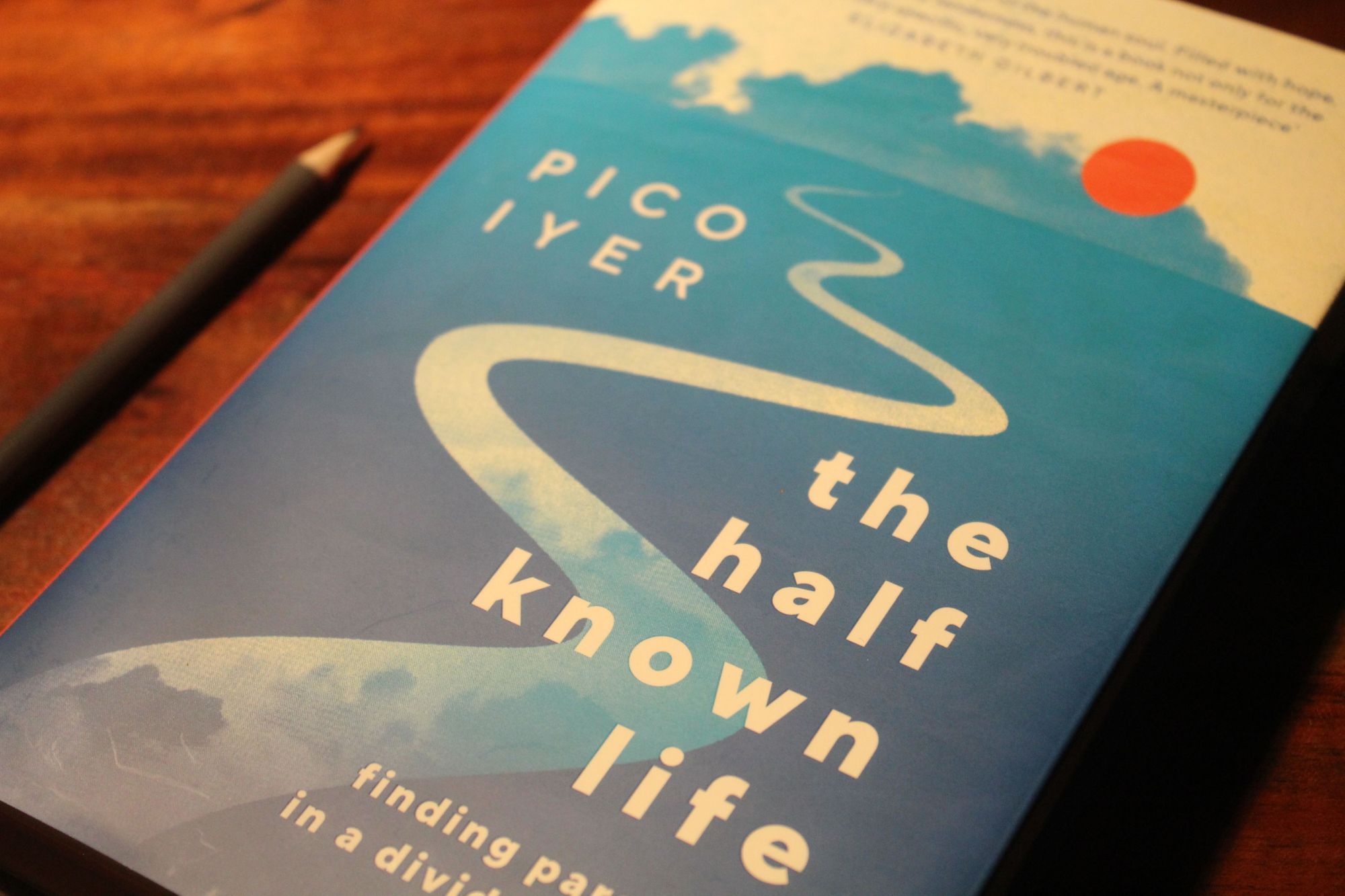In The Half Known Life: Finding Paradise in a Divided World, Pico Iyer embarks on a journey in search of paradise, an elusive idea that looks different to everyone. It takes him to some of the world’s most intriguing places, from the hermetically sealed society of North Korea to the city of Jerusalem.
“After years of travel, I’d begun to wonder what kind of paradise can ever be found in a world of unceasing conflict - and whether the very search for it might not simply aggravate our differences,” Iyer writes.
After years of travel, I’d begun to wonder what kind of paradise can ever be found in a world of unceasing conflict
Why do some of the world’s most paradisiacal places end up becoming war zones? Does religion only lead to contention, or towards inner peace? While such questions might sound weighty, they are ideally suited to a travel writer with the wisdom to understand that "the older I got, the more I realized how much existed beyond my plans and expectations."
Iyer has written books on everything from Islamic mysticism to the world’s loneliest places. He travels frequently with the Dalai Lama and for 18 years spent most of his time at a Benedictine hermitage in California. While not religious, he’s fascinated by “inner worlds”, which he has previously described as “an interior relation with what seems truest”. But he is equally attuned to the “outer world”; the people and places he meets on his travels.
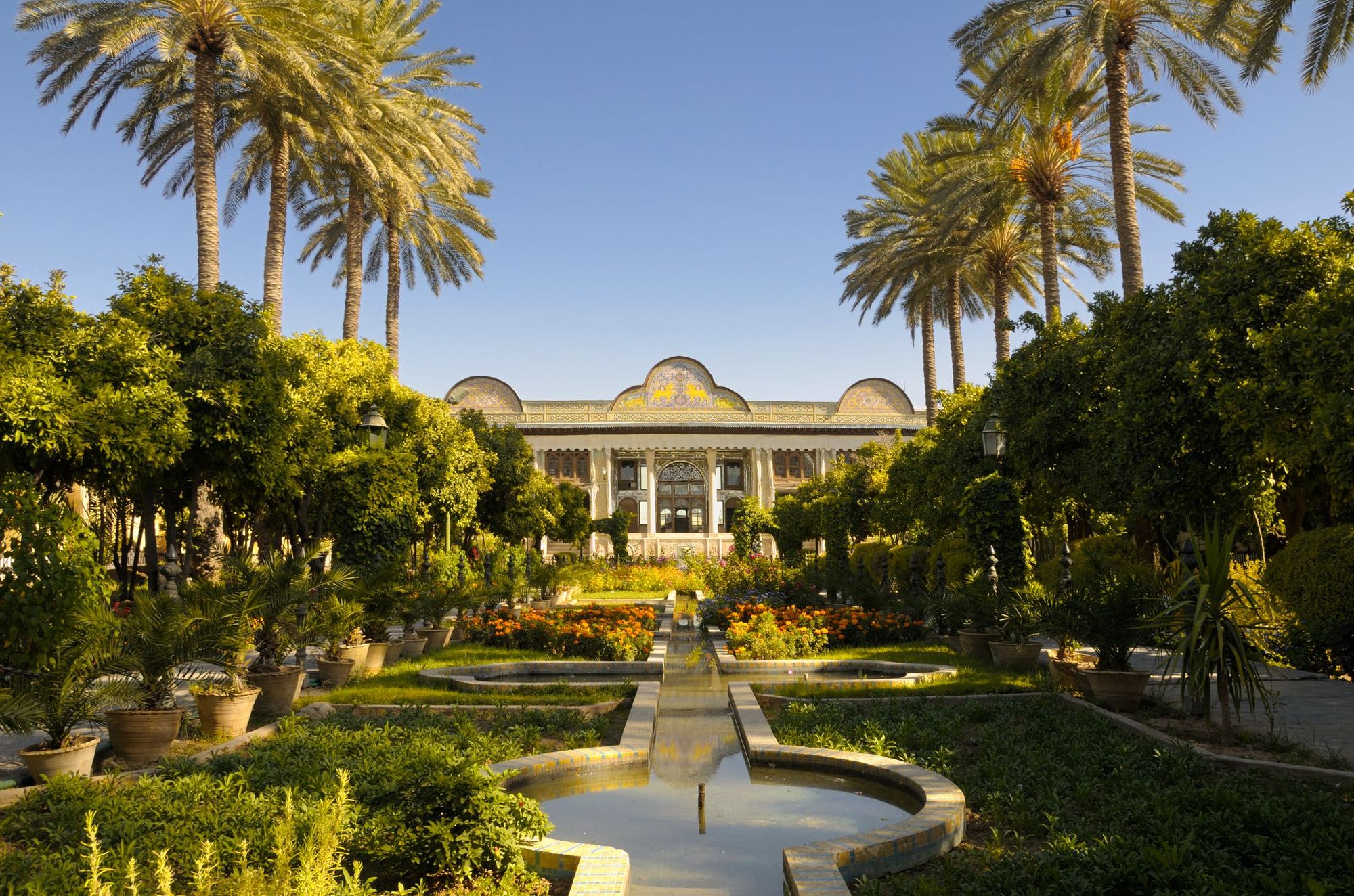
The first chapter of A Half Known Life is an account of Iyer’s trip to Tehran, Iran's capital. He’s less interested in a “shadowy government” than a rich Islamic culture “that had dazzled me since boyhood”. Iran is also where the word ‘paradise’ originates from. “Paradaijah” means walled enclosure, and it refers to the gardens that ancient Iranians tended between high walls, believing them to be an earthly paradise.
Iyer finds a city of contradictions, where “competing visions of paradise” crisscross “with furious intensity”, from the “sobbing bodies'' of pilgrims to a Swarovski shop “dripping in crystals” and women publically criticising the government. Most interestingly of all, Iyer meets an Iranian who has successfully claimed asylum in the UK, only to illegally reenter Iran every year to celebrate an important religious holiday.
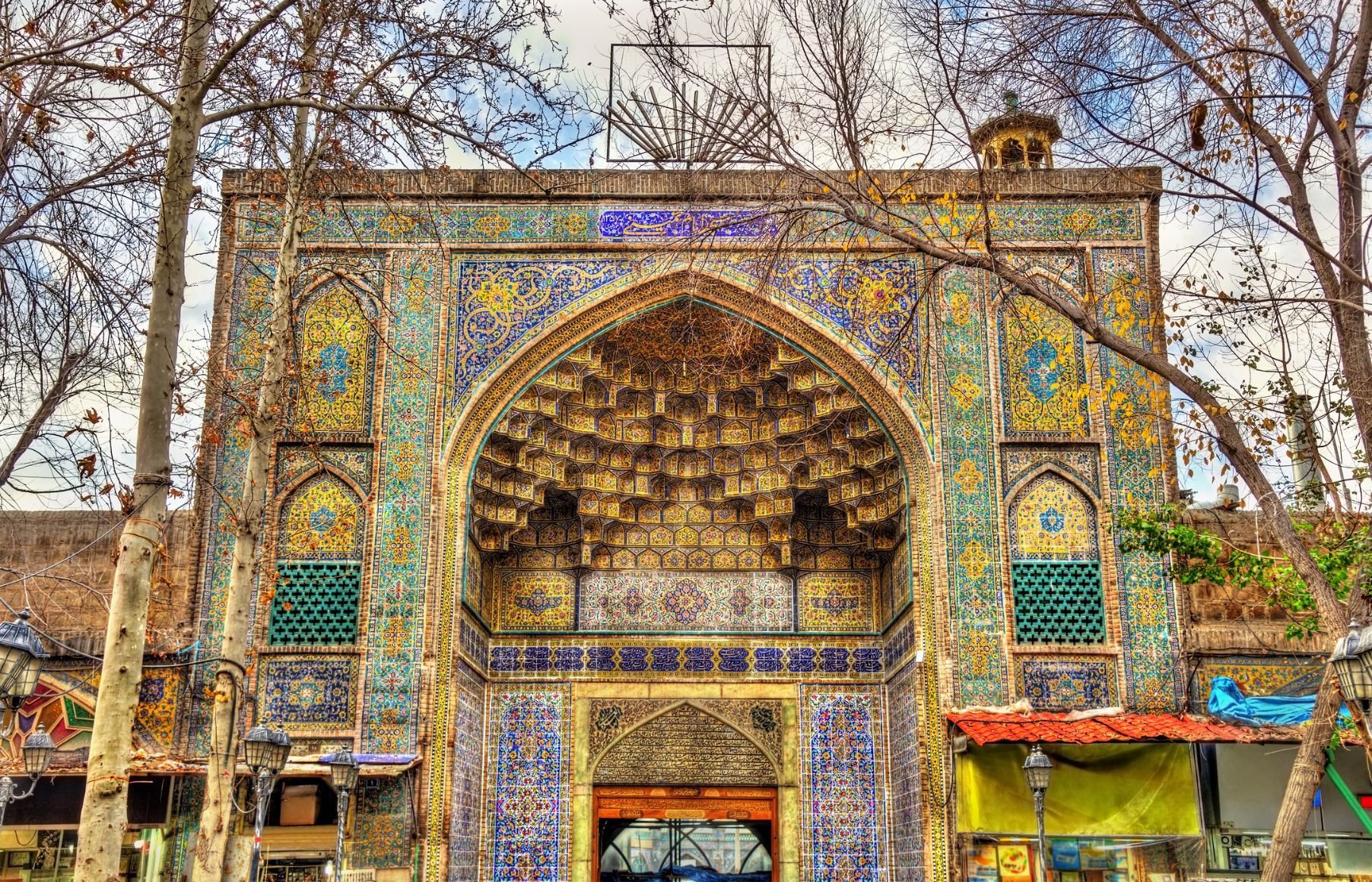
“There were so many sides to every question that one could not be sure of a thing or see how any issue could be resolved. It was like finding oneself inside the design of a carpet in which everything was in furious movement and yet the overall impression was one of unsettling calm. That seemed to be the Iranian way: to undermine every certainty and recognise how every presumption was provisional,” he writes.
This spiritual home of civil war had realized that its best hope for revival might be to make a killing out of its bad name
In the book’s second chapter, The Promised Land, Iyer describes a trip to Belfast, where he discovers plenty of landmarks to conflict: a bridge to the “enemy side”; Crumlin Road Gaol; and a “History of Terror Tour”.
‘Like many an ill-starred place, this spiritual home of civil war had realized that its best hope for revival might be to make a killing out of its bad name,” he comments wryly.
But for Iyer, Belfast becomes a personal pilgrimage of sorts - he’s delighted to discover the city through the eyes of his childhood hero Van Morrison, from the “grim building” where he was born to the school he attended.
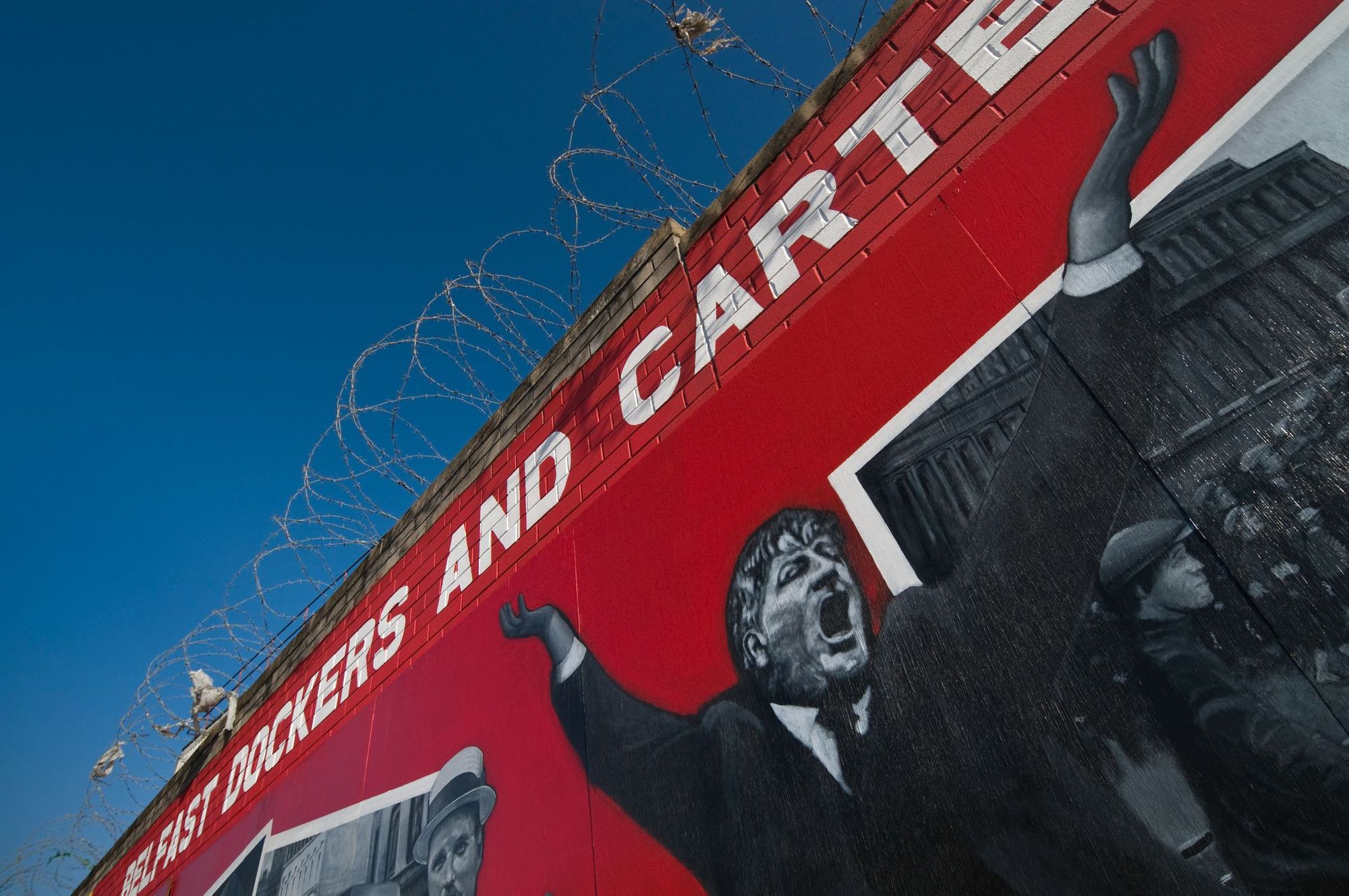
‘The fact that he could see any light at all in such broken streets, in a city defined by divisions, was a moving reassurance,” he writes.
Another country Iyer visits is North Korea, a place he visits because “I refused to believe that humanity could ever be entirely suppressed; at some point, surely, it has to peek out from behind the gates of ideology.”
So many of us in our global neighbourhood choose to see other places through screens, reducing fellow humans to two dimensions
He spends much of his time walking around Pyongyang Film Studio, which at a million square metres is three times the size of the Paramount lot in Hollywood. It becomes a metaphor for how difficult it is to tell whether the people he meets are acting or not. His guide, Miss Lee, has a white chanel grip in her hair; she claims to know the songs from the movie Frozen. She professes to enjoy working with foreigners but it leaves her with little time to date.
“Was this a line she’d been told to deliver? It was impossible to tell. Were our handlers aware enough of other possibilities to crave a different kind of paradise?” Iyer writes.
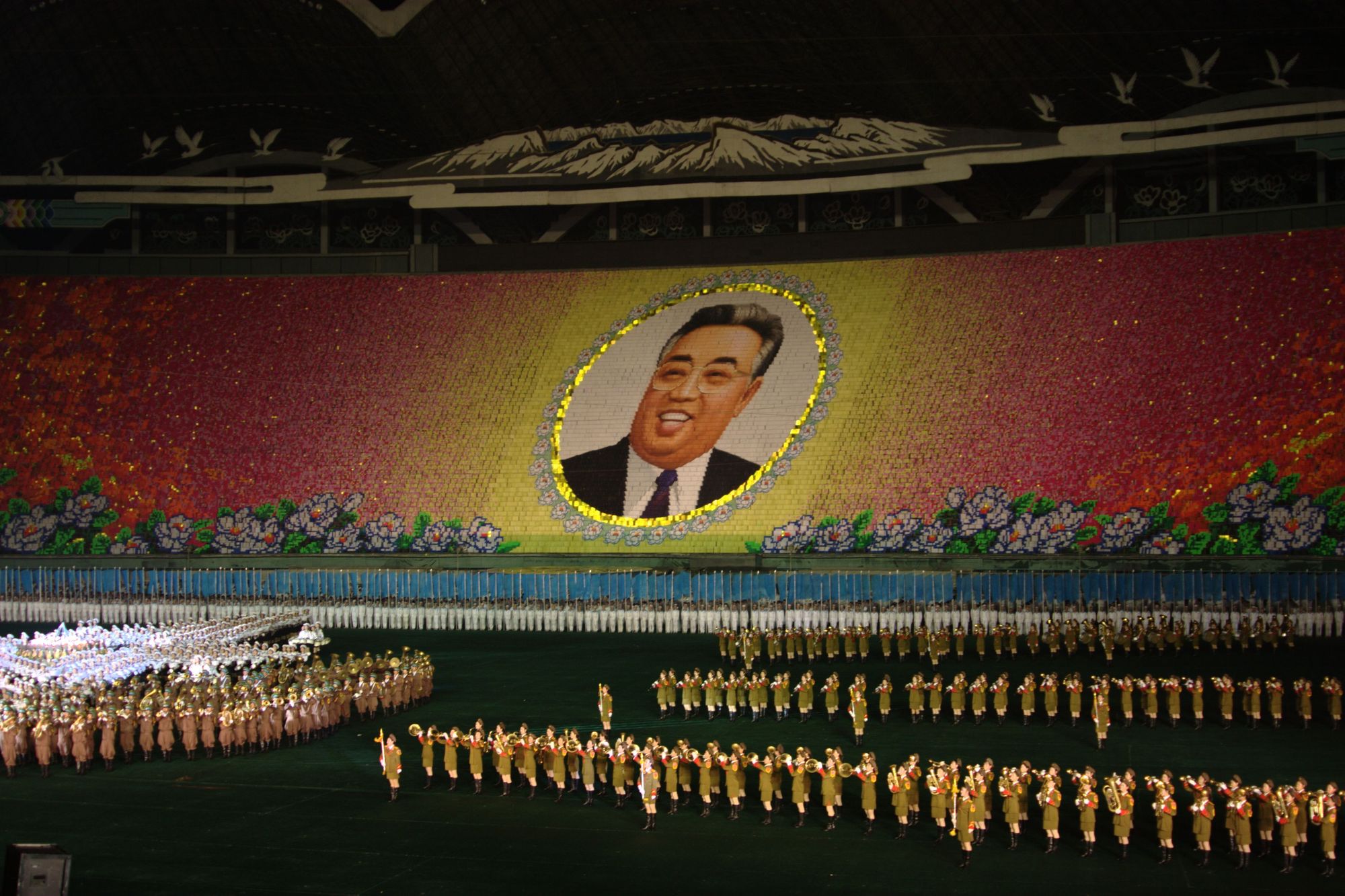
He’s unable to guess what life is like behind closed doors. But it’s this “half known life” that intrigues him, and keeps him returning to closed-off places like North Korea. The idea that many North Koreans know so little about the outside world is terrifying to him - yet he reflects on the fact that many of us, dwelling in “seeming freedom”, know any more about North Korea.
“It can be a tragedy that so many of us in our global neighbourhood choose to see other places through screens, reducing fellow humans to two dimensions,” he writes.
It wasn’t restful or chaste or harmonious. It was simply raw and beyond, it seemed, all taming
The Half-Known Life is a love letter to travel - to discovering the nuances, complexities and contradictions of places that feel very far from home. This is perhaps shown most vividly in Iyer’s descriptions of Jerusalem, a city claimed as ‘holy’ by so many different sects of Christianity that there is often fighting between them. Every time Iyer steps outside his hotel, he is caught up in “the rush, the clamor — the fury — of conviction.”
“I found myself inside an overlapping of chants from mosques on every side. A Coptic priest was hurrying past, his black skullcap with gold crosses suggesting a visitor from another world; Armenian priests with dark hoods over their heads, as if descending from The Seventh Seal, were turning from Christian Quarter Road onto David Street,” he writes.
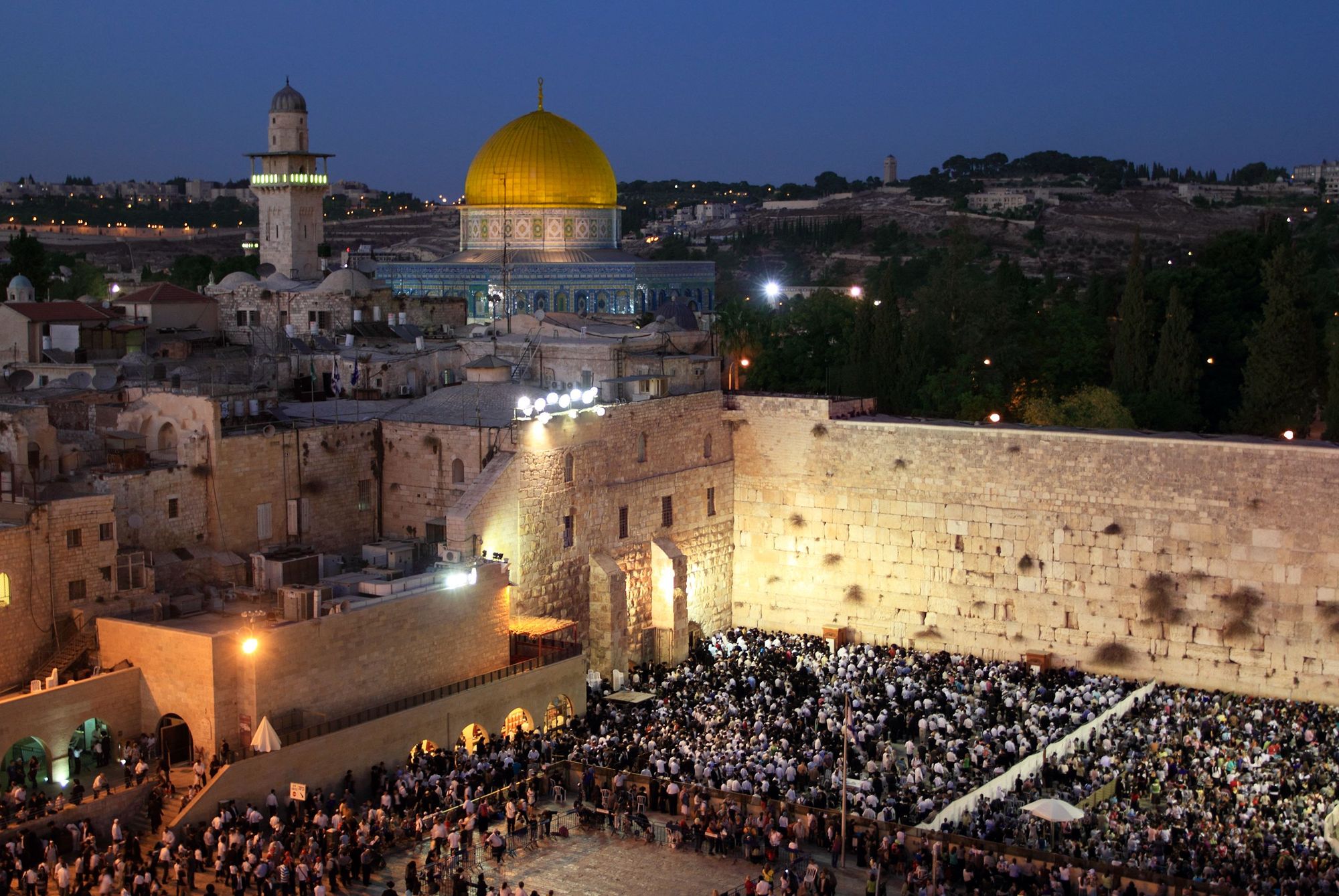
A trip out of the to city to Bethlehem involves a journey through armed checkpoints - armed soldiers board his bus and “a professorial man was in jacket and tie was hushed away, never to return.” Back in Jerusalem, Iyer finds himself standing in front of a map of the Armenian genocide. He visits the nearby Chamber of the Holocaust, to look at “scrolls that had been defaced and Torahs drenched in blood.” It’s a city of factions and rivalries, but one that fascinates him. “It wasn’t restful or chaste or harmonious. It was simply raw and beyond, it seemed, all taming,” he writes.
The final chapter of the book is set in the Indian city of Varanasi, where devout Hindus throng to burn their dead by the banks of the Ganges, and pilgrims bathe in its filfthy water. It's a place his Indian relatives have tried to deter him from visiting ("it's just stench and crooks and dirt.").
A nearly naked figure with dusty, matted dreadlocks down to his waist was poking at a charred head with a bamboo pole
“Groups of men, scarves wrapped around their heads, eyes blazing int the half-light, were gathered, barefoot around the flames, edging closer. A nearly naked figure with dusty, matted dreadlocks down to his waist was poking at a charred head with a bamboo pole,” Iyer writes.
Being of Indian origin - but never having lived in the country or observed Hindu practices - Iyer comes to Varanasi assuming that he has “seen through the place already.” Yet he finds himself transfixed by the city, and the intense onslaught of almost hallucinatory sights - walls painted with “laughing monkey gods, sacred looming phalluses” and a “A little girl with a bucket [who] walked calmly among the burning corpses.”
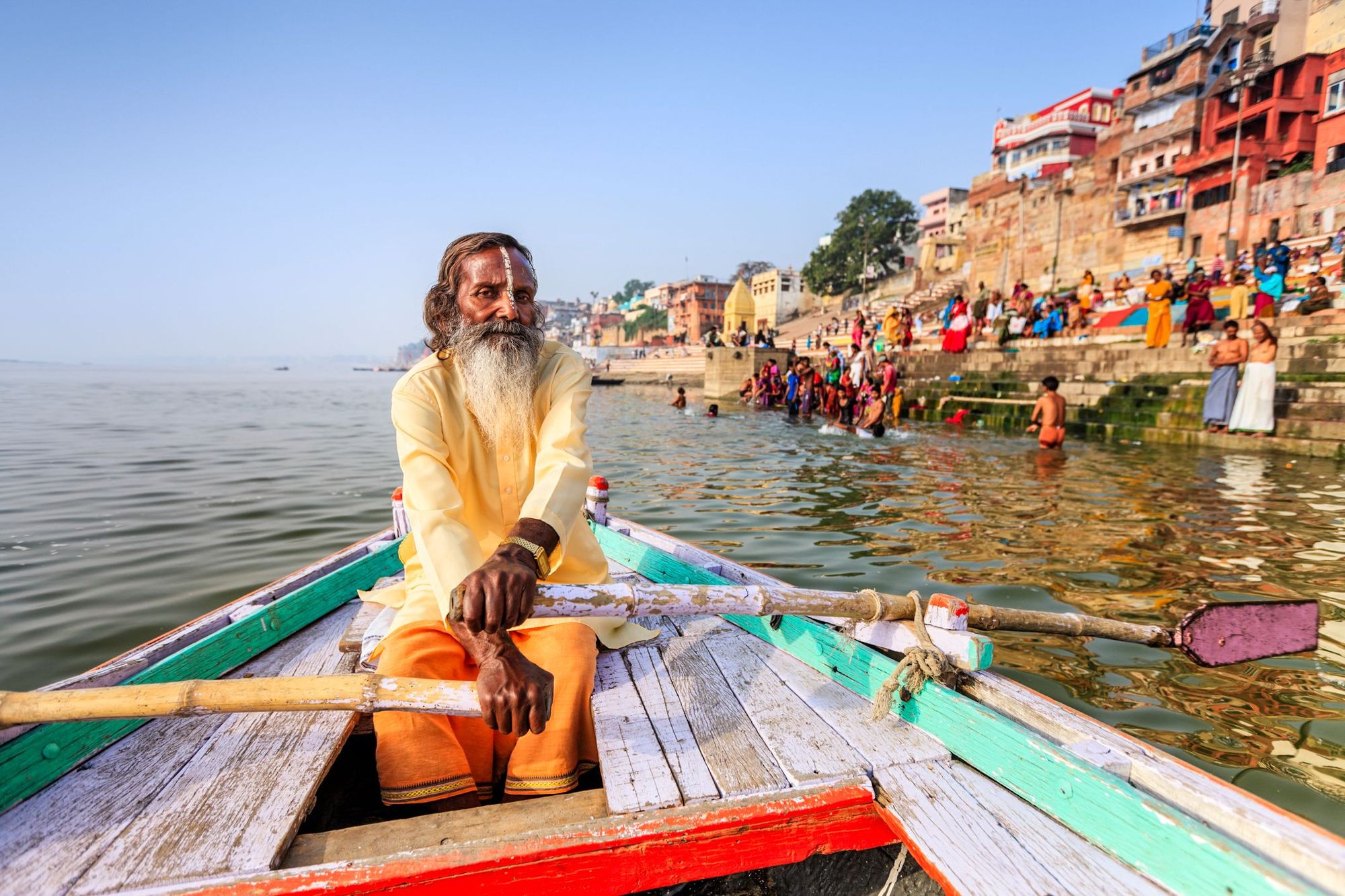
Despite these visceral scenes, Iyer makes the startling discovery that “the city of extinction was, without question, a city of joy.” The corpse-carrying processions are described as “jubilant”, holy men sit under colourful umbrellas, and boys in “elaborate gold pantaloons” practice ritual dances by the shores of the river. He recalls the Dalai Lama’s insistence that one mustn't look for a beyond but remain entrenched in the “thick of things, and the words of Zen Buddhist Eido-Roshi: “the struggle of your life is your paradise.”
A Half Known Life will interest people purely because of the places it depicts. They come vividly alive through Iyer's eloquence. His search for the “half known lives” that lie behind the stereotypes will encourage everyone to look a little more closely, and dig a little deeper on their travels.
Inspired? Check out our new adventures to some of the world's unexplored corners.
This article contains affiliate links. Which basically means we make a little commission if you click through and buy something. It doesn’t cost you anything, and it just means we can do more good things in good place


